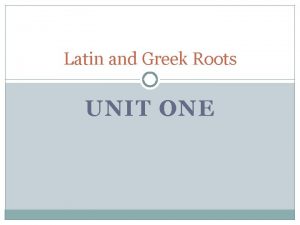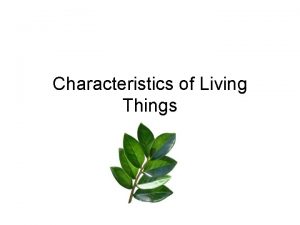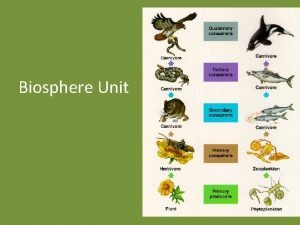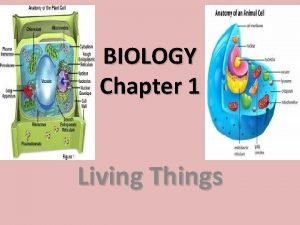Is your closet organized Living things are organized

















- Slides: 17

Is your closet organized?

Living things are organized into 6 kingdoms

6 Kingdoms-{3 domains} • • • Archaebacteria Eubacteria Protists Fungi Plants Animals

Classification • The systematic grouping of organisms into categories on the basis of relationships between them. • Also known as the science of taxonomy.

Why are things classified? Helps us organize information AND communicate with others EXAMPLES of things that we organize: Supermarket aisles Libraries Classes Teams/sports Members of a family Roads Cities Money

Human Taxonomy » HUMANS • • Kingdom Phylum Class Order Family Genus Species Animal Chordata Mammals Primate Hominadae Homo Sapien

KPCOFGS • • Kind Professors Can Often Fail Good Students

Early history(2, 000 ya) • Aristotle grouped everything into simple groups such as animals or plants • He then grouped animals according to if they had blood or didn’t have blood, and if they had live young or laid eggs, and so on…

Taxonomy • Is the science of naming and classifying organisms-has sub-groups and names • Father of taxonomy is Carl Linnaeus (1707 -1778)

Binomial nomenclature • C. Linnaeus developed a system that gives a 2 word name to every organism. • The 2 word naming system is called binomial nomenclature • It helps to avoid confusion • It uses the genus and species name only

• Red Snakebark Maple • Paperbark Maple Acer griseum Acer capillipes • Japanese Maple Acer palmatum


Panthera Comprising the species: Lion, tiger, jaguar, leopard on the basis of cranial features Tiger- Panthera tigris Lion- Panthera leo • Jaguar. Panthera onca • SNOW LEOPARD also belongs to the Panthera----added 2008

Rules used to write scientific names Homo sapiens • An organism’s genus is always written first; the organism’s species is always written second • The genus is Capitalized; the species is written in lower case • Scientific names of organisms are always italicized or underlined

Some common names • • • Canis familiaris - dog Felis domesticus - cat Canis lupus - wolf Vulpes vulpes - fox Ichthyomyzon gagi - brook lamprey Populus deltoides - cottonwood Cercis canadensis - red bud Diospyros virginiana - persimmon Carya illinoensis - pecan

A dichotomous key • is used to identify organisms that you do not already know. • A reference tool where a series of choices between alternative characters leads progressively to the identification of the species. • Means "two forks".

 Mikael ferm
Mikael ferm Classification systems _____.
Classification systems _____. Blue things
Blue things What is the smallest living unit
What is the smallest living unit What are the seven life processes of living things
What are the seven life processes of living things Is a moss living or nonliving
Is a moss living or nonliving Living non living dead
Living non living dead Cooling closet
Cooling closet Your face is killing me figurative language
Your face is killing me figurative language Your face is killing me figurative language
Your face is killing me figurative language A flag wags like a fishhook there in the sky
A flag wags like a fishhook there in the sky A flag wags like a fishhook there in the sky
A flag wags like a fishhook there in the sky Dinner is on the house figurative language
Dinner is on the house figurative language Closet christian
Closet christian Ravenous and savage from its long polar journey
Ravenous and savage from its long polar journey Closet floor plan symbol
Closet floor plan symbol Is dyeing fabric a chemical change
Is dyeing fabric a chemical change Erg root word
Erg root word

































